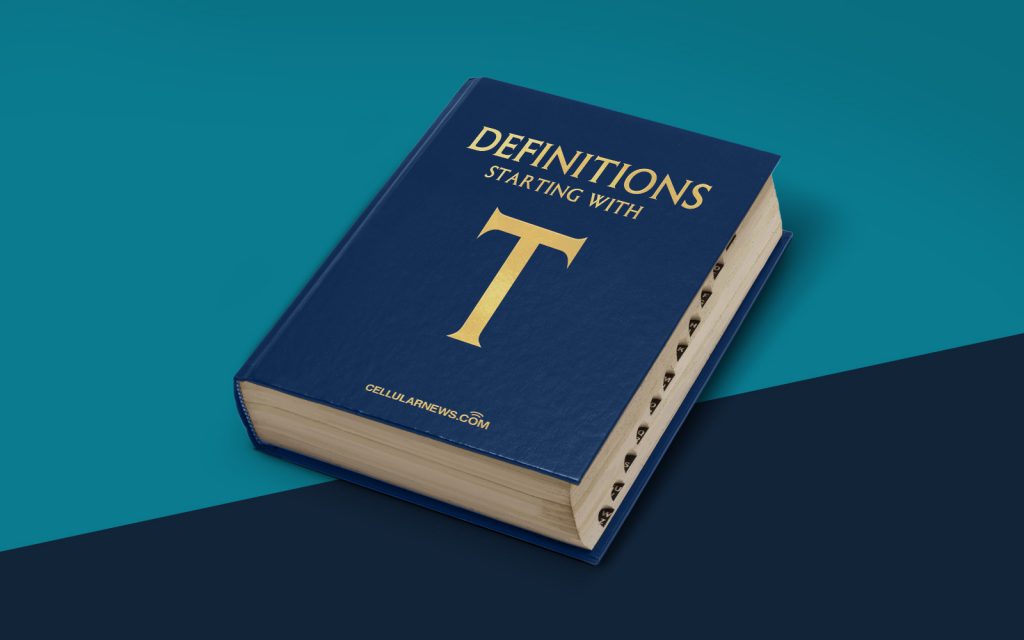
What is Thermal Compound?
Welcome to the “Definitions” category of our blog! In this post, we will delve into the topic of thermal compound and explore its importance in the world of computer hardware. Whether you are a tech enthusiast, a DIY computer builder, or simply curious, this article aims to provide you with a comprehensive understanding of the concept of thermal compound.
Key Takeaways:
- Thermal compound, also known as thermal paste or grease, is a substance used to improve heat transfer between electronic components, such as a computer’s CPU or GPU, and their respective heatsinks.
- Its primary function is to fill in any microscopic imperfections on the contact surface of the components, ensuring better thermal conductivity and heat dissipation.
Now, let’s dive into the nitty-gritty details and explore what thermal compound is all about.
Imagine you have a powerful computer with a high-performing processor that generates a substantial amount of heat. To prevent overheating and potential damage to the hardware, effective cooling is crucial. This is where thermal compound comes into play.
Thermal compound is a thick, often gray-colored, paste-like substance that is applied between the CPU (Central Processing Unit) or GPU (Graphics Processing Unit) and their respective heatsinks. When these components are in use, heat is generated, and the thermal compound facilitates the transfer of that heat to the heatsink, which then dissipates it into the surrounding environment.
But why not just rely on the metal-to-metal contact between the component and the heatsink? Well, here’s where the magic of thermal compound comes in:
- 1. Microscopic Imperfections: Even though the surface of the CPU or GPU and the heatsink may appear smooth to the naked eye, there may be microscopic imperfections, such as tiny gaps or roughness. These imperfections can hinder the efficient transfer of heat. Thermal compound fills in these gaps, creating a more effective interface for heat transfer.
- 2. Better Conductivity: Thermal compound is specifically designed to have high thermal conductivity. It often consists of a mixture of silicone-based polymers and tiny particles, such as metal oxides or ceramics, to enhance thermal conductivity and reduce the thermal resistance between the components.
Applying thermal compound may seem like a straightforward task. However, it requires precision and care to ensure optimal results. Here are the general steps:
- Clean the CPU or GPU surface and the heatsink using isopropyl alcohol to remove any dust, oils, or old thermal compound.
- Apply a small amount of thermal compound, about the size of a pea, onto the center of the CPU or GPU.
- Using a spreading tool or the integrated applicator (if provided with the thermal compound), evenly spread the paste across the contact surface. The goal is to achieve a thin and uniform layer. Excessive application can hinder performance.
- Mount the heatsink onto the component, ensuring proper alignment and securing it firmly.
Remember, thermal compound is not a permanent solution and may degrade over time due to heat cycles. It is recommended to reapply thermal compound whenever you remove the heatsink for maintenance or upgrades.
The Wrap-Up
Thermal compound, although often overlooked, plays a vital role in maintaining optimal operating temperatures for CPUs and GPUs. By effectively filling in gaps and enhancing thermal conductivity, it allows for efficient heat transfer and cooling. So, the next time you build or upgrade your computer, make sure to give thermal compound the attention it deserves!
Key Takeaways:
- Thermal compound improves heat transfer between electronic components and their heatsinks.
- It fills in microscopic imperfections and has high thermal conductivity.
We hope this article has shed light on the concept of thermal compound and its significance. Stay tuned for more insightful posts in our “Definitions” category. If you have any questions or would like to suggest future topics, feel free to leave a comment below!
